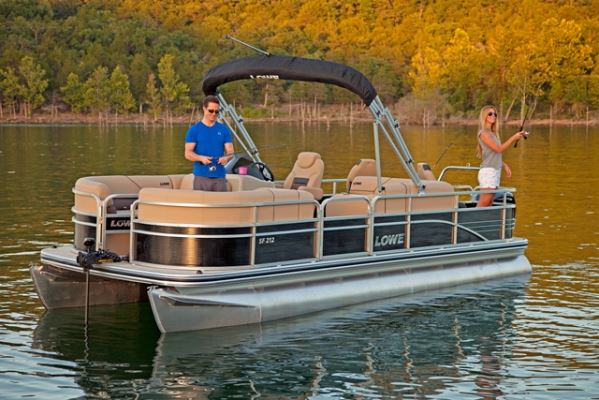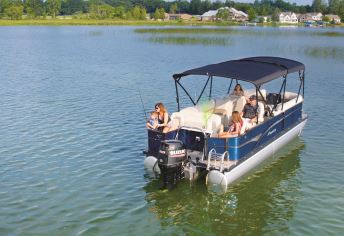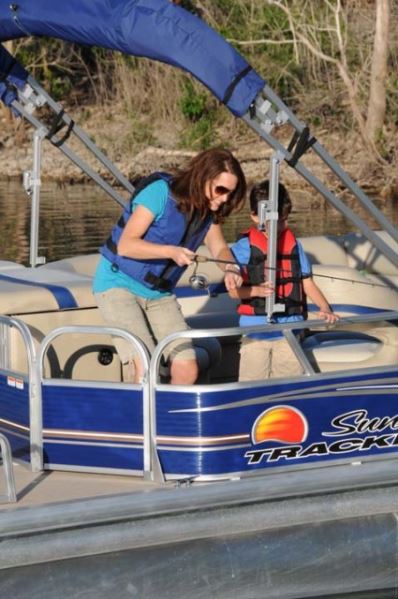 Released last year, the Special Report on Fishing 2022 provides annual data and analysis of fishing participation across the U.S. Beyond general participation, the report digs into specific important audiences. Let’s dive into what the report says about females and fishing:
Released last year, the Special Report on Fishing 2022 provides annual data and analysis of fishing participation across the U.S. Beyond general participation, the report digs into specific important audiences. Let’s dive into what the report says about females and fishing:
Female participation in fishing has been steadily growing over the past decade. Despite a small dip year over year, in 2021, 19.4 million females participated in fishing – that’s a nearly 17 percent increase over the past 5 years and a 24 percent increase since 2011. What’s notable is that these increases are higher than general participation rate increases which sit at 11 percent and 13 percent respectively. In 2021 alone, women accounted for more than one-third (37 percent) of those who fished, the largest share on record.
Breaking it down, the most prominent age brackets who fished were between 6 to 12 (17 percent) years old and then between 25 to 34 (16 percent) and 35 to 44 (15 percent) years old – affirming the sport is most often introduced to individuals at a childhood age, and that fishing is often sought out as enjoyable family and adult activity.
Looking at the core, only roughly 14 percent of females describe themselves as avid anglers. Yet importantly, nearly half (48 percent) of females reported they would like to fish more often and even 11.4 million non-participating women expressed they had considered the sport.
 The survey also provided insights about first timers and those that went away from the sport. Of the individuals that went fishing for the first time, 43 percent, or 1.6 million of were female. But on the flip side, more than 6.8 million women left the sport. Women noted camping, hiking and bicycling as other activities outside of fishing that interest them.
The survey also provided insights about first timers and those that went away from the sport. Of the individuals that went fishing for the first time, 43 percent, or 1.6 million of were female. But on the flip side, more than 6.8 million women left the sport. Women noted camping, hiking and bicycling as other activities outside of fishing that interest them.
What does this data tell us?
Women represent a significant growth opportunity for the industry. The Special Report highlights an upward trend among females in the sport. Yet, there are challenges around attrition that must be addressed.
Participation across outdoor activities broadly (camping, hiking, fishing, biking, and running) is hitting record highs according to related research from The Outdoor Foundation. Outdoor recreation is a priority for Americans. It also tends to be considered “sticky;” once someone begins to participate, they are likely to continue to participate and expand the variety of activities on their repertoire.
 It’s also important to note that hooking women on fishing can mean expanding participation by men and youths as well. Women tend to make the majority of household decisions around activity planning and family spending. Placing fishing first on their ‘must-do’ weekend list could further grow participation when they bring the entire family along.
It’s also important to note that hooking women on fishing can mean expanding participation by men and youths as well. Women tend to make the majority of household decisions around activity planning and family spending. Placing fishing first on their ‘must-do’ weekend list could further grow participation when they bring the entire family along.
To help grow, and importantly, retain the rising number of women who fish, the industry can meet this moment. Better supporting female anglers through marketing, messaging, representation and a broader sense of inclusivity in the angling community can help.
If your next question is, ‘who are female anglers and how can we retain them?’ consider taking a deeper dive into new female motivation and barriers research from RBFF. Join RBFF for a webinar on active female anglers on January 11. Registration and details here.

